Grab your glow sticks. Throw on all the neon swag you can possibly find. Turn up the Calvin Harris and DROP. THAT. BASS.
We are going Reef Raving.
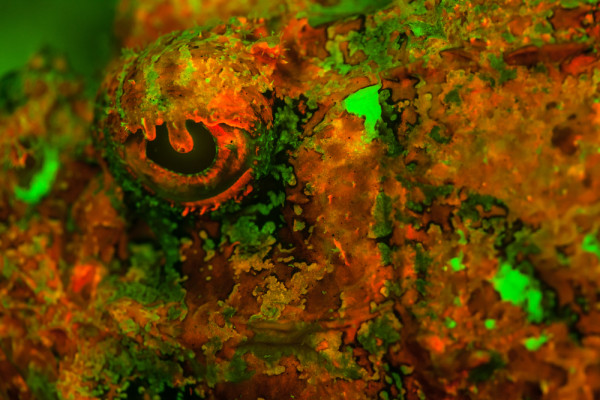
Reef Raving, more formally know as Fluorescence Diving, is a relative newer, underground form of sea exploration. Utilizing the power of blue light flashlights (the only light available at the deeper depths) and special barrier filters for your mask or camera, fluoro diving relies on the ability of organisms to emit longer wavelengths of light after begin illuminated with shorter wavelengths. This might seem similar to the well known concept of bioluminescence where organisms emit light frequencies on their own. However, biofluorescence is more akin to shining a bright light on a glow in the dark toy or an ocean critter with green fluorescent proteins (GFP), exciting certain wavelengths of light from the organism visible back to the viewer.
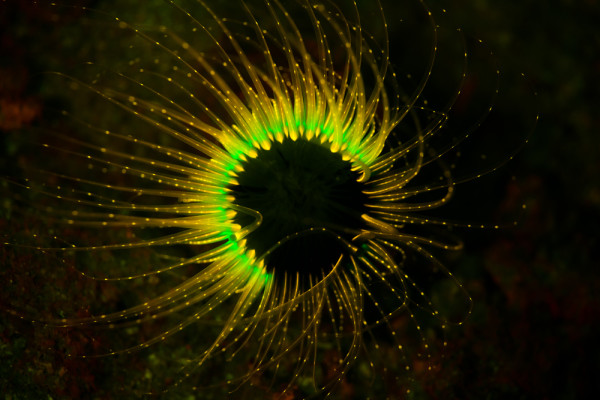
Evolutionarily, scientists are stumped as to why this phenomenon occurs, as not all organisms display biofluorescence. Some hypothesize it as a potential form of communication, but more work is needed to understand these underwater glow sticks. However, what scientists do know is that fluorescence technology is a great tool in studying the influence of rising ocean temperatures and acidification on coral colonies. Not only does it allow us to see microscopic coral larvae, polyps, and altogether new species invisible under white light, we can now better assess overall coral health using the power of emission.
So next time you delve underwater, don’t forget to grab your blue light and your special sunnies, so you too can pump it up and join in on the dance party.

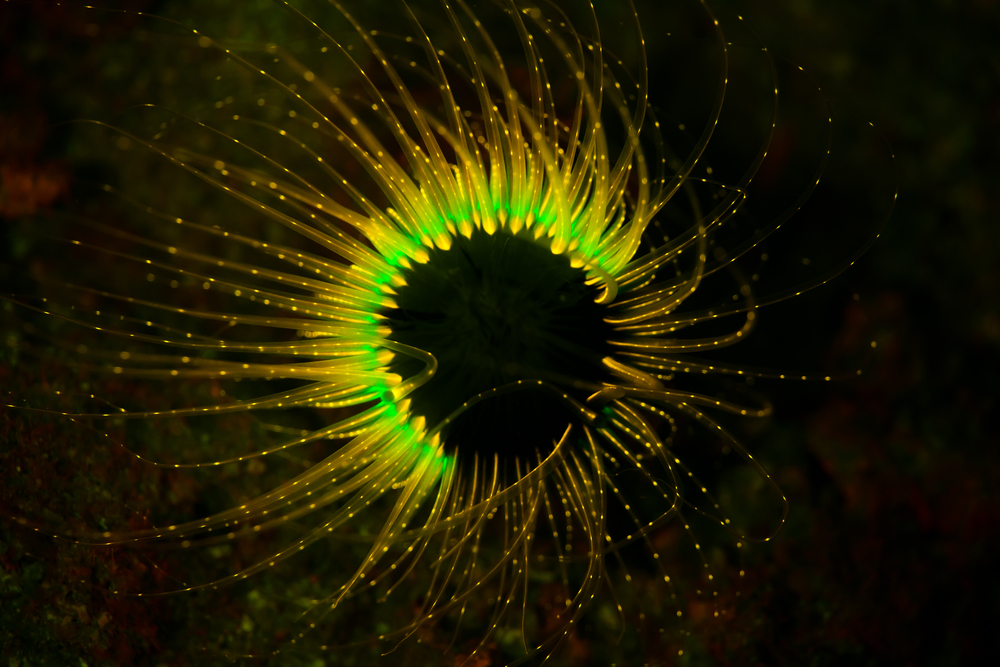



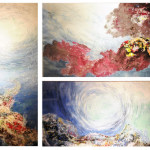
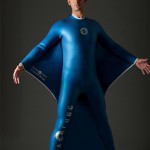
I so want to do this!
This is fascinating but could lighting these animals and other organisms up this way be problematic for them, especially in popular dive sites where they might frequently be exposed to it?
Mary- Great question. But you are not really changing anything from normal, just the way you perceive the colors. The organisms already biofluoresce.
Thanks, Alex. Good to know. Here is a site that helps explain it: http://www.luminescentlabs.org/science.html